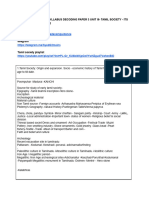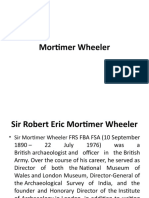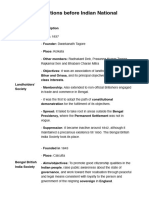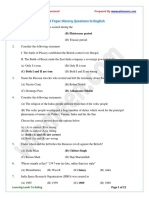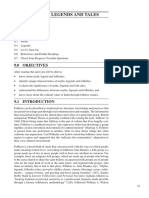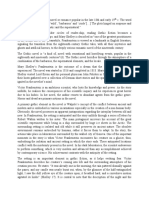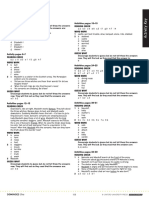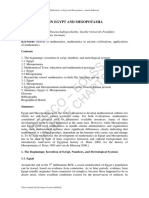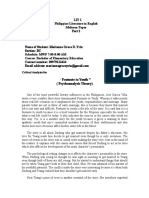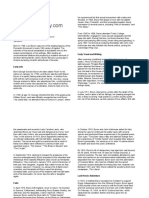0% found this document useful (0 votes)
489 views16 pagesSources of History
The document discusses different types of historical sources that historians use to understand the past. It defines primary sources as artifacts or documents created during the time period being studied, and secondary sources as later analyses and interpretations of primary sources. The key types of sources discussed are written sources like narratives, diplomatic documents, and records, as well as unwritten sources like archaeological evidence and oral histories. Historians must carefully distinguish between information taken directly from sources and their own interpretations in order to understand the past accurately based on reliable evidence from the time period.
Uploaded by
ysaCopyright
© © All Rights Reserved
We take content rights seriously. If you suspect this is your content, claim it here.
Available Formats
Download as PDF, TXT or read online on Scribd
0% found this document useful (0 votes)
489 views16 pagesSources of History
The document discusses different types of historical sources that historians use to understand the past. It defines primary sources as artifacts or documents created during the time period being studied, and secondary sources as later analyses and interpretations of primary sources. The key types of sources discussed are written sources like narratives, diplomatic documents, and records, as well as unwritten sources like archaeological evidence and oral histories. Historians must carefully distinguish between information taken directly from sources and their own interpretations in order to understand the past accurately based on reliable evidence from the time period.
Uploaded by
ysaCopyright
© © All Rights Reserved
We take content rights seriously. If you suspect this is your content, claim it here.
Available Formats
Download as PDF, TXT or read online on Scribd
/ 16









